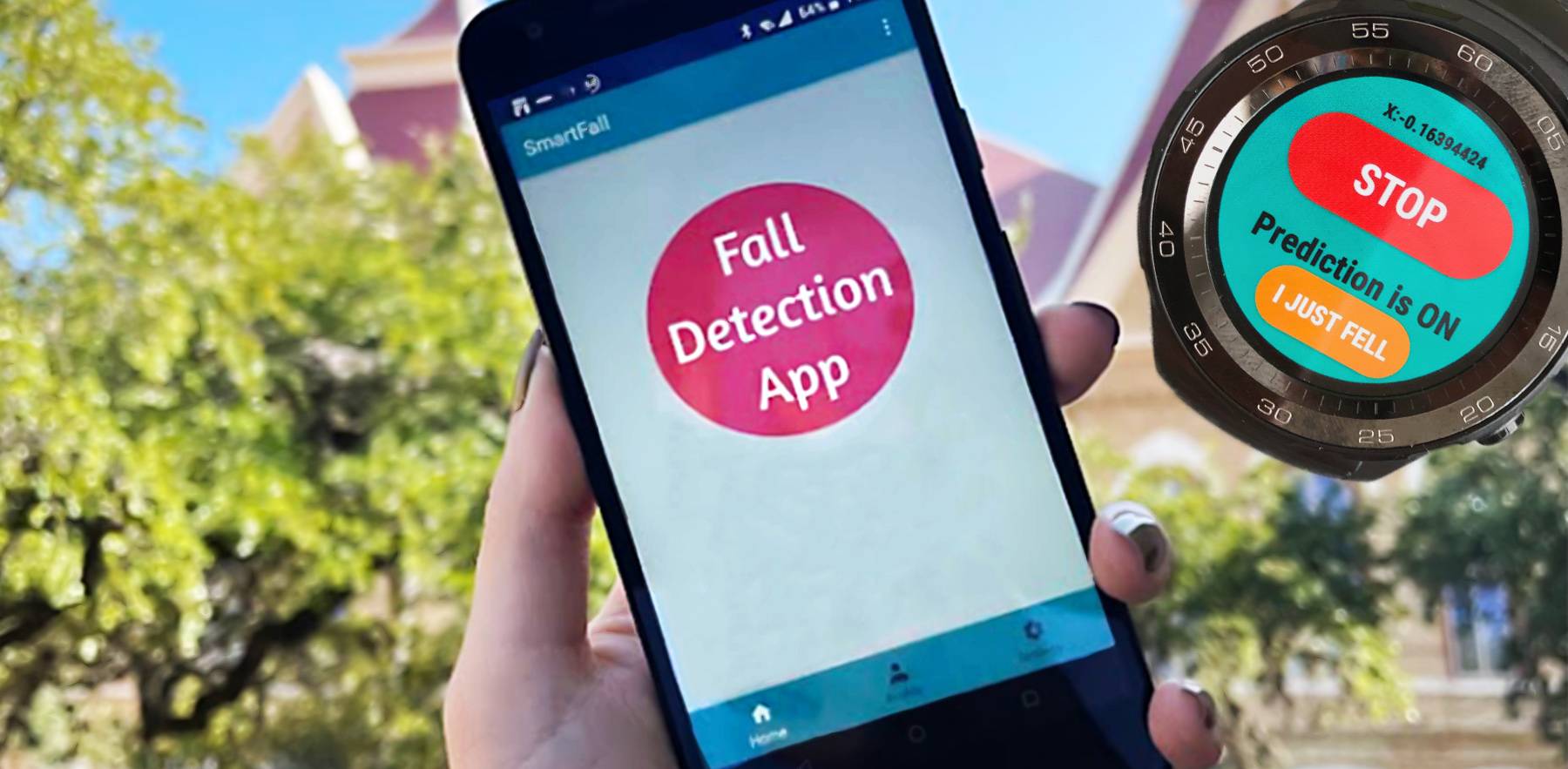Brian Hudgins | June 21, 2022


When Dr. Anne Ngu, professor and Ph.D. program director in the Department of Computer Science, examined her observations and feedback from students, she realized older adults urgently needed a new tool to address a problem.
“I know there are a lot of people who live alone, and I also heard from students that their older family members who had fallen faced medical bills that are not cheap,” Ngu said.
Smartwatches serve as one option for collecting and sending data that can detect a fall. One shortcoming to the system stuck out to Ngu. When product developers called upon younger adults to simulate falls, their physical mechanics of a fall did not match up with the common causes of falls in older adults.
Video capture studies have shown falls by older adults are most often associated with weight transfer problems, which occur during movement transitions such as turning, standing or sitting. In those cases, a person who lives alone might fall from a relatively basic movement.
To move that project forward, Ngu had to pair up an accurate algorithm with willing research participants. “Older people had to be willing to be monitored, wear the watch and our algorithm had to be accurate tracking movement and (corresponding) risk,” Ngu said.
The National Science Foundation provided a $1.2 million grant, equipping Texas State to collaborate with Dell Medical School at the University of Texas and the Illinois Institute of Technology.
The Department of Computer Science at Texas State developed the SmartFall App using Long Short-Term Memory, an artificial recurrent neural network with feedback connections, to improve fall detection with high sensitivity trained on simulated fall data.
Ngu’s effort to improve simulated fall data is not based on capturing “hard” falls by older adults. Instead, capturing multiple “soft falls” tied to weight transfer contribute to the SmartFall App functioning as an accurate fall detection system.
The project is not only designed to detect the falls themselves. There is a fall risk reduction element based on observation of the kinematics of the individual prior to falls – indicative of heightened instability and increased fall risk. The research goal is to utilize limb-core dynamics in high-risk populations using real-world data to advance current fall prevention strategies. To achieve this, Ngu and her peers examine a set of questions. What are the risk factors? Which part of the muscle is weak?
“We combined data from a camera system with data from the watch to pinpoint the fall risk,” Ngu said.
In addition to Ngu’s research as the Texas State faculty member on the project, the collaborative effort includes three Ph.D. candidates and one master’s student. Dr. Kyong Chee, Professor of Sociology, has served as a consultant. Rachel Medina, the executive director of LiveOak Living Community, helped Ngu coordinate the interviews and study participation from older adults. The project funding extends from 2021 to 2025.
Share this article
For more information, contact University Communications:Jayme Blaschke, 512-245-2555 Sandy Pantlik, 512-245-2922 |
